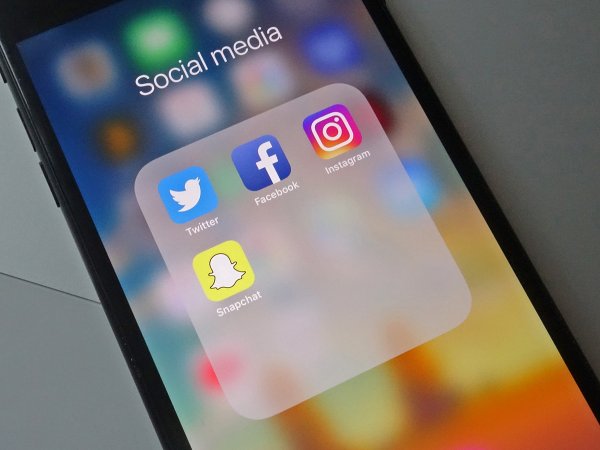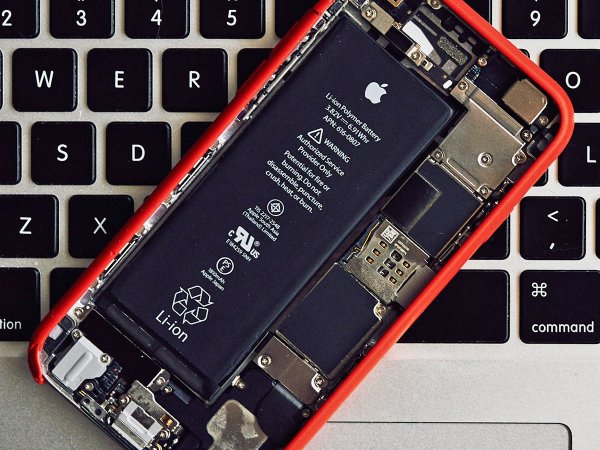

It’s nice when you find an interesting story online and save it for later—were it not for the fact that those unread articles have been accumulating in a seemingly endless row of tightly packed tabs.
We’re not judging—we all collect content we may never read. But instead of letting that clutter slow down your browser, store it all in Google Chrome’s Reading List.
What is Google Chrome’s Reading List
This feature works like a link repository that’s also an inbox, so you can mark all those think pieces as read once you’re done with them. If you use Google’s browser on desktop and mobile, you can use Reading List offline and access your list with no connection from any device where you’re signed into your Chrome account. So the next time the train is stuck in the middle of a tunnel or you’re standing in line for coffee with no reception, you won’t have to worry about making eye contact with strangers.
[Related: 5 Google Chrome tips that will level up your browsing]
If you’re running the latest version of Chrome on your computer, you’ve probably already seen the Reading List button—it’s right below your avatar in the top right corner of the browser, unmistakably labeled “Reading List.”
Find it on an iPhone or iPad by tapping the three dots in the bottom right of the screen. Ironically, Android users are out of luck: the feature is not yet available on Google’s operating system.
How to add items to Google Chrome’s Reading List
On desktop, building your story bank is as easy as bookmarking—literally.
Select the tab you want to save to your Reading List and click on the star at the extreme right of the address bar, the same one you’ve used all these years to add items to your bookmarks bar. Instead, now you’ll see a small popup menu where you can choose Add to Reading List. You can also right-click on the tab you want to save and choose Add tab to Reading List.
If you’re already wondering—as some Reddit users have—we’re sad to tell you that there currently seems to be no keyboard shortcut for this process. Maybe Google will provide one in the future, but in the meantime, you’ll need to get one of your hands off the keyboard.
People running Chrome from an iPhone or iPad can grow their Reading List with links from within the browser, as well as other apps. While using Chrome, open the tab you want to save and tap on the Share button on the right side of the address bar—it’s the one that looks like a square with an upward arrow. Choose Read Later on the menu that pops up and you’re set.
[Related: Chrome user profiles are a powerful productivity tool]
On other platforms, like Google News or Apple News, or the app from your favorite media outlet, the process also starts with the Share button, only this time the operating system will prompt you to choose what app you want to share with. There, find and choose Google Chrome, and on the next menu, choose Read Later.
When you open your Reading List, you’ll see all the items you’ve saved sorted by the date you added them, and you can open links in a new tab by clicking or tapping on them. On desktop, each item has two buttons to the right: a check mark and an X. Click on the former to mark the article as read, and on the latter to delete it from the list entirely.
You can do the same from iOS and iPadOS, but you’ll need to take an extra step. Scroll to the bottom of your Reading List and tap Edit to enter selection mode. Select the items you want and once you’re done, choose what to do with them by tapping Mark Read or Delete on the bottom of your screen.
How to disable Google Chrome’s Reading List
We get it—if saving your content as bookmarks has been working for you all this time, there’s no reason to use precious bookmarks bar real estate on a feature you’re not going to use.
The easiest solution is to hide the Reading List button. To do this, right-click on any empty space on the bookmarks bar and uncheck Show Reading list. The button will disappear but you’ll be able to bring it back whenever you want by checking and unchecking this option.
[Related: Chrome and Safari can help you strengthen your passwords]
If you really want to eliminate the Reading List altogether, you can easily disable it. Just go to the address bar and type chrome://flags/#read-later. This command will show you a list of the browser’s functionalities, but the one you’re looking for will be highlighted in yellow and under the name Reading List. Click on the drop-down menu to the right and choose Disabled. When you do, Chrome will immediately prompt you to relaunch the browser—all of the changes will take place once you do.















